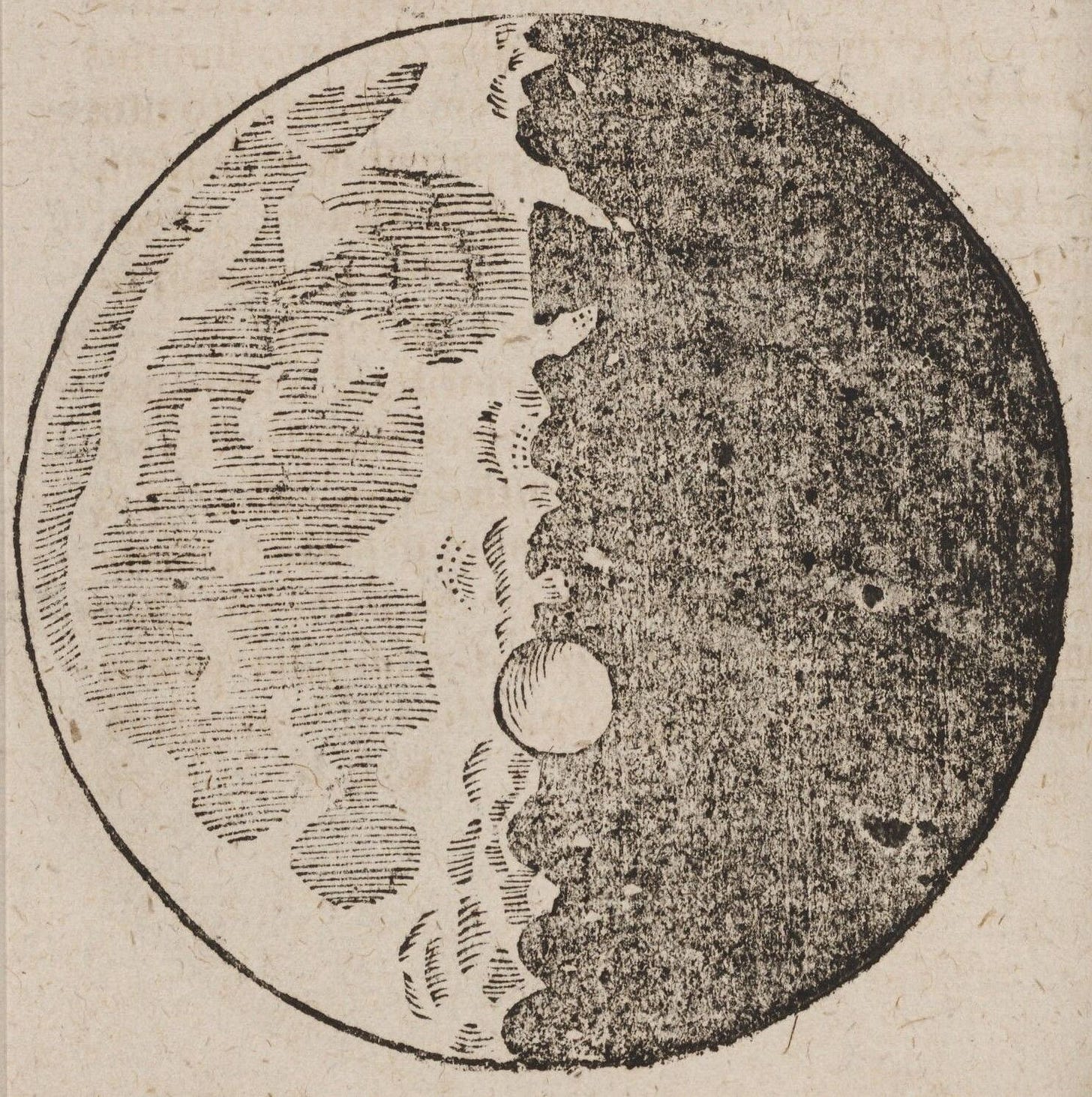1.
Both science and religion have this in common — that they emerge largely out of our attention to the cycles of the moon. Throughout history and across the world, the lunar calendar has been far more important, in shaping the cycles of ritual feasting and fasting that lie so much deeper than the creeds and the dogmata, than all the things the faithful make explicit in speech about the rituals to which they are already anyway attached. Religion, I am prepared to say, just is ritual, and ritual just is the reflection in culture of the same lunar periodicity that, in our particular corner of the cosmos, does much to shape the rhythms of life itself. Passover, Easter, Ramadan, Diwali — all are pegged to the lunar calendar. And in order to project that calendar into the near-future, in order that is to anticipate upcoming religious holidays, one must calculate. This, in essence, is the primary reason why, by the 14th century, the mathematicians of the Kerala School of southern India had innovated methods for calculating infinite decimal series — methods that three centuries later would come to be attached to the name of Leibniz, and to constitute one of the supposed innovations of the modern mathematical subfield of calculus. Had there been no defeat of the demon Narakasura by Lord Krishna, in short, there would be no suspension bridges, GPS satellites, or semiconductors either.

I mean this not in the spirit in which the Hindutva ideologues claim that the Vedas, properly interpreted, contain the blueprint for heavier-than-air aviation technology. I mean that ritual, founded on what we superficially call “myth”, requires the patterning of time, a task that relies on our innate mathematical aptitude. Over the course of history, diligent exercise of this aptitude cannot fail to lead to breakthroughs with significant practical applications. In this respect, for most of human history, religion and science were manifestly but different dimensions of a single overarching human endeavor. And if we wish to look for a single force or entity that set us down this path to begin with, we could not do much better than to point to the moon.
2.
It is likely that a major impact event separated the moon from the earth around 4.5 billion years ago, and it is shortly after this that we find the oldest evidence for life on our planet. One attractive reconstruction of the relevant events would have life arriving from elsewhere through a subsequent less destructive impact event — so-called panspermia theory. Another theory would have it that the newly formed dynamic system involving both the moon and the earth played a key role in the autocatalysis of organic compounds. Suddenly, with two gravitationally bound bodies in the picture, and with the tidal effects this produced on the one of the two bodies largely covered in ocean, we had in effect a natural equivalent to what in a biomedical laboratory is called an orbital shaker: you leave it on overnight, and it sloshes particles dissolved in liquid, and sometimes, if the proportions and temperature and speed are right, something begins to happen. No autocatalysis, again in short, without the rhythmic alternating sloshing of the tides, and no tides without the moon.
Nor did the moon simply beget and abscond. Over the course of biological evolution, a number of species, especially among intertidal worms, crustaceans, and mollusks, will exhibit endogenous circatidal and circalunar rhythms that persist even under constant laboratory conditions. These animals do not just respond to light or pressure, but have effectively evolved oscillating mechanisms of their own that reproduce the rhythms of the lunar cycle whether the light and pressure are there or not. Sensitivity to the moon’s periodic influences, through both tides and light, is likely among the oldest environmental rhythms to which organisms adapted, predating the complex circadian systems that dominate terrestrial life today.
Only a very small percentage of mammals —perhaps 2% or so— menstruate, and among these only the elephant shrew, with its nine-day cycle, falls out of even the approximate temporality of a complete phase of lunation. In contrast with the worms and clams just considered, menstruating mammals evolved hundreds of millions of years after their ancestors left the tidepools, and there is no direct literal sense in which mammalian menstruation may be said to be causally linked to the phases of the moon. Nonetheless…


